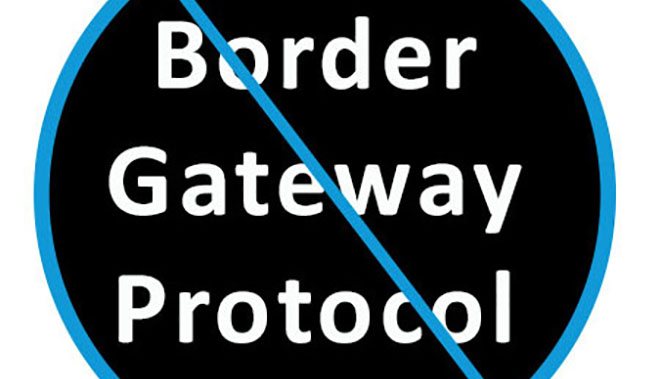
When it comes to leveraging multiple communication links from separate Internet Service Providers (ISP) for business continuity, Border Gateway Protocol (BGP) was once a technology used by large enterprises, schools and government entities.
Most organizations, however, don’t benefit from trying to implement BGP. Actually, they probably won’t even be able to deploy it. BGP is too costly, too cumbersome and there are just too many hoops to jump through.
But don’t worry, there are other options today far better than BGP.
What is BGP?
Border Gateway Protocol is the routing protocol that makes the Internet work. It’s a pretty important protocol, and it can also be the hardest one to understand.
Internet Service Providers (ISPs) who connect to other network providers need BGP. Other organizations do not. Some large enterprises still use BGP to accomplish multihoming, or the ability to aggregate two or more broadband wide area network (WAN) connections from different ISPs and fail over traffic from one link to the other in the event of a service outage.
Since Internet outages happen with alarming frequency, automatic failover is a crucial capability, and not only for large enterprises. These days, businesses of all sizes rely on 100% availability of their Internet connections. Losing connection to the Internet means losing productivity, money, reputation and customers – and that’s not acceptable.
Thankfully, BGP is not the only way, nor the best way, to accomplish WAN link aggregation and automatic failover.
In fact, BGP has many limitations, such as:
- BGP is widely recognized as the most complex and difficult to configure Internet protocol.
- When BGP is configured incorrectly, it can cause massive availability and security problems.
- It is also vulnerable to attack by hackers.
- BGP addresses the single best path, so only one circuit will be active at any time and your other links will be idle. What a waste!
- With BGP you have no inbound traffic control, which can result in sluggish application performance.
- Obtaining collections of Internet address blocks (ASNs) has become more difficult. You typically have to buy blocks of /24 prefix (256) at a time – if you can get them.
- Many broadband, DSL and fixed wireless providers will not support BGP to their end users. Case closed.
The BGP Alternative That’s So Much Better
Ecessa devices aggregate WAN links from any number of separate ISPs and let you use all of the working connections, all of the time. This requires no special arrangements with service providers, no extra hassle.
Ecessa Internet appliances accomplish multihoming without BGP by using Network Address Translation (NAT) and Dynamic Domain Names Service (DNS) to direct each new TCP session. Ecessa WAN link controllers not only provide automatic failover in the event an ISP link fails, they load balance outbound traffic and inbound traffic for optimal application performance. This method is far less expensive, less complicated to deploy and it works much better than BGP.
To learn more, download the BGP Alternatives Report.
Contact Ecessa to discuss your specific needs. We can help you determine which technology is best for your organization.

